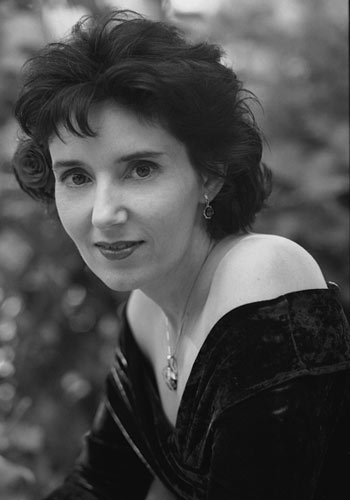However, in comparison, Giacinto Scelsi's music occasionally seemed developmental and searching for form, as in "Sonata No. 4 (1941)", with its dramatically tolling bass note of doom throughout — here the sonata achieves a clear structure, and while its third and last section (III ‘Con impeto estremo, violento’) was energetic and churning, it wasn't ‘violento’ — instead it had a circular locomotion, heralding things to come, and seemed out of balance with much of the sonata's often repeated modernist, sparse, still, spaced out sound of an extreme bass and an extreme treble note, struck at the same time.
The Sound: thunder in the left hand/icy shards in the right ...
I came to understand this sound as a stylistic and structuralizing device used by all the evening's composers — Scelsi, Pepperall, Palmieri’s Prelude VIII: Il giorno della mia morte, 1998, and Arcuri’s Fragments, 1997, and I further heard the composers' shared delight in plasticity and the prismatic scattering of tones in space.
What a rare opportunity this was to hear the spiritual music of the famously unknown 20th century Italian composer, Giacinto Scelsi — and what a distinct pleasure it was to sit amidst the atmospheres pulled out of all the compositions by the sensitive Member of the Order of Canada, pianist Louis Bessette.
The Music Gallery was a charmed space during this evening's NMC concert, animated by intense sonic journeying, outward and inward, that inevitably brought us back to earth, eyes closed, all of us listening.


